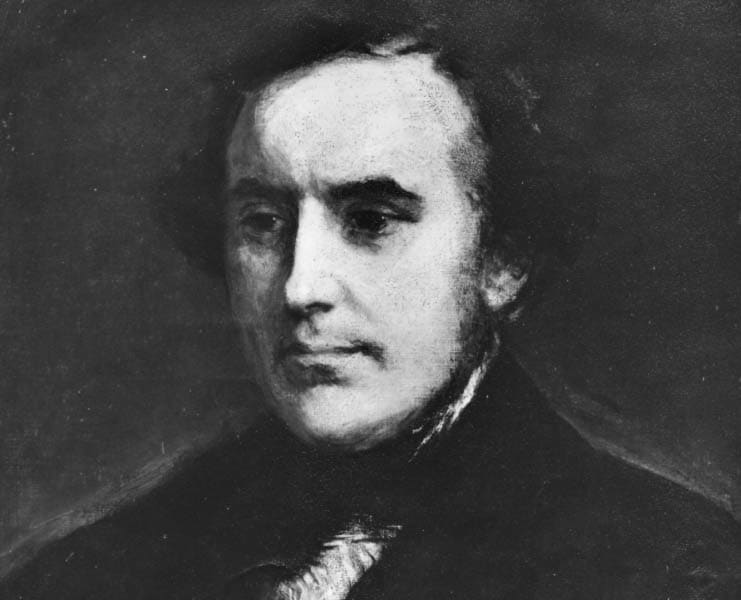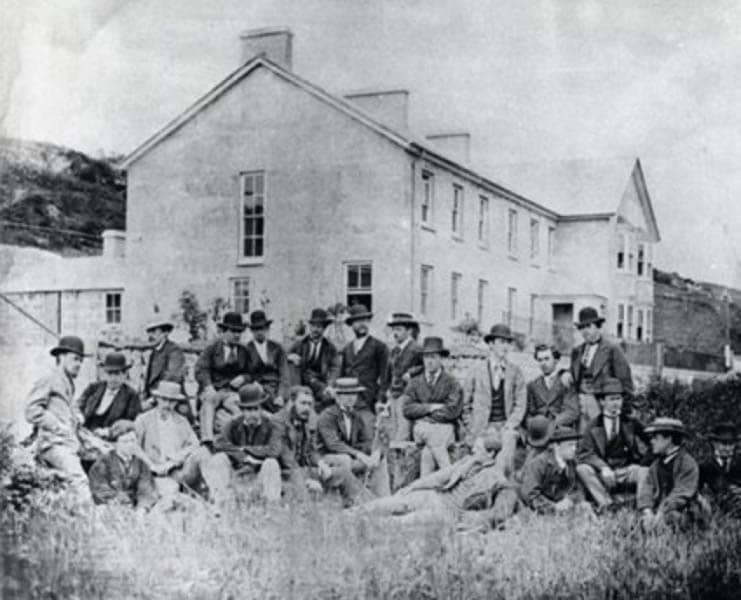Our History
The Story of PK Porthcurno
Codename ‘PK’
150 years ago, the first international telegraph cable was brought ashore at Porthcurno, connecting Britain to India and later other parts of the British Empire.
Prior to this, messages to India could take six weeks or more but telegraphic messages took nine minutes. Porthcurno Telegraph Station, or PK as it became known in telegraphic code, became the most important station in the world in the late Victorian era. It faced many challenges during this time. Most significant was the challenge of wireless and the competition presented by Marconi, barely 10 miles away.
After many years of working independently, a merger was proposed and Cable & Wireless came into existence. The company trained engineers from all over the world and maintained a college in the Porthcurno valley until 1993.

In the Beginning
In 1869 Scottish entrepreneur John Pender, formed the Falmouth Gibraltar and Malta Company to complete telegraph connections to India. However, due to complications the telegraph cable never quite made it to Falmouth and Pender made a last-minute decision to bring the cable ashore at the much quieter sandy cove of Porthcurno, a few miles from Land’s End, Cornwall. On June 7th, 1870 the screw steamer Investigator, laid the shore end of a cable that would very soon afterwards allow communication to India.
The Eastern Telegraph Company
In 1872, John Pender formed the Eastern Telegraph Company through the amalgamation of several companies including the original Falmouth Gibraltar and Malta Company. The ETC became the largest cable-operating company in the world and Porthcurno became not just the hub of communication for this country but the hub for the British Empire and – in time – the most important telegraph station in the world.

Cable & Wireless
In January 1902, Porthcurno cable station staff were worried. A month previously a young Italian called Guglielmo Marconi had come to the nearby Lizard Peninsula and sent the dots and dashes of Morse code through the air to the other side of the Atlantic, without bothering to lay 2000 miles of cable. Concerned that this new technology might pose a commercial threat, London Head Office asked rival wireless pioneer Nevil Maskelyne to help. A 170ft wooden mast was erected on the cliff above Porthcurno enabling PK staff to ‘spy’ on Marconi’s station at Poldhu.
Maskelyne even recorded and published several of Marconi’s supposedly private messages in a public magazine and intercepted a public demonstration by Sir Ambrose Fleming on the wonders of wireless by interjecting the live broadcast with rude messages. Not only was wireless slower than cable, Maskelyne had proved that it was neither private nor secure from deliberate interference.
Cable still had the edge, but as radio technology improved so did the competition from Marconi. Eventually, it was decided to merge Britain’s communications into one operating company and in 1934 Cable & Wireless Limited was formed.


The War Years
The importance of cable communications had been appreciated in World War I when, on the first day, the British Navy cut five German cables. By the start of World War II, Porthcurno was a critical hub for allied communications with 14 cables coming ashore, carrying some 70% of all communications. Realising how vulnerable PK was to enemy attack which would effectively sever Britain’s communications, the decision was taken to construct tunnels into the cliffs and move all critical operations underground. Work on the bunker started in June 1940 and was completed in May 1941. Access to the valley was strictly limited and only holders of a Porthcurno Pass could come and go.
Cable & Wireless operated very much as another branch of the armed forces during the war, providing and maintaining communication links throughout. In 1938 approximately 231,000,000 words were transmitted over Porthcurno cables. In 1944, this had increased to 705,000,000 words.
The Arrival of Optical Fibre
Telegraph operation ceased at Porthcurno in 1970, 100 years after it had started. The valley still housed a training college for Cable & Wireless students, who continued to come from all over the world to learn advanced techniques in cable and satellite communication. Steady progress was being made in the communications industry with coaxial cables. Experiments were being carried out at University College London and BT on microwave waveguides and then everything changed when physicist Charles Kao proved that signals could be transmitted in the form of light waves down pure glass fibres, the width of a human hair. The semiconductor laser was invented and together the optical fibre and the laser became the building blocks of optical fibre communication systems that could carry vast numbers of telephone channels.
By 1988 the first undersea optical fibre systems arrived in Cornwall. Cable operations resumed in the Porthcurno area and a new cable station was built a mile or so from the valley at Skewjack with fibre optical cables coming ashore at Porthcurno and nearby Sennen Cove.
Six fibre optic cables now come ashore at PK, the most recent providing Superfast Broadband to the Isles of Scilly in 2014.

Once Upon a Time…
In this fascinating mini-documentary, Citizen Curator Lucy Coyne explores how the arrival of telegraphy and the training college affected local people in and around Porthcurno. With interviews and stories, she reveals to us the untold other side of the tale of Porthcurno – from milk-bottle throwing to tunnel-building, laundry to high-speed driving up and down the valley.
